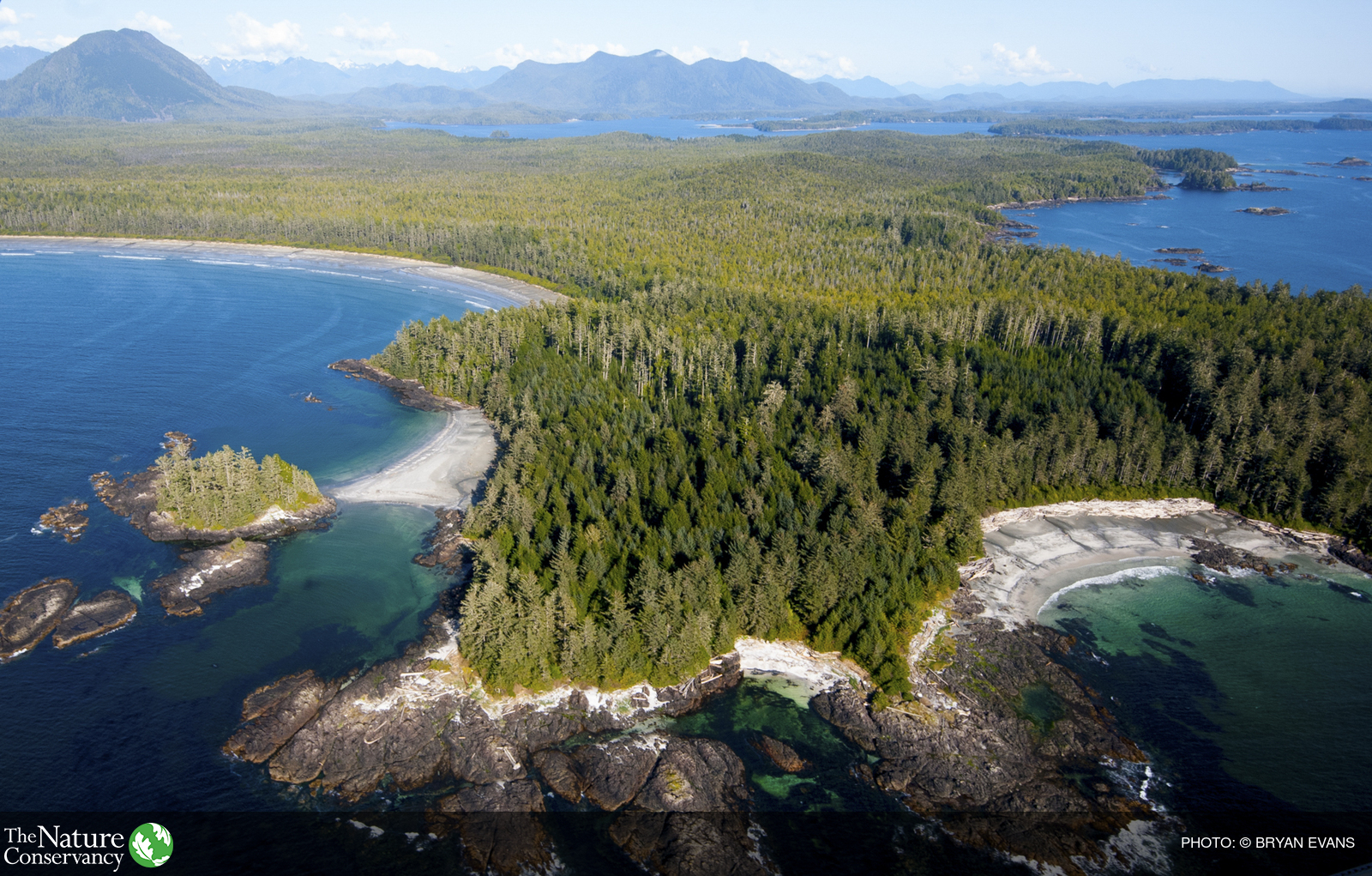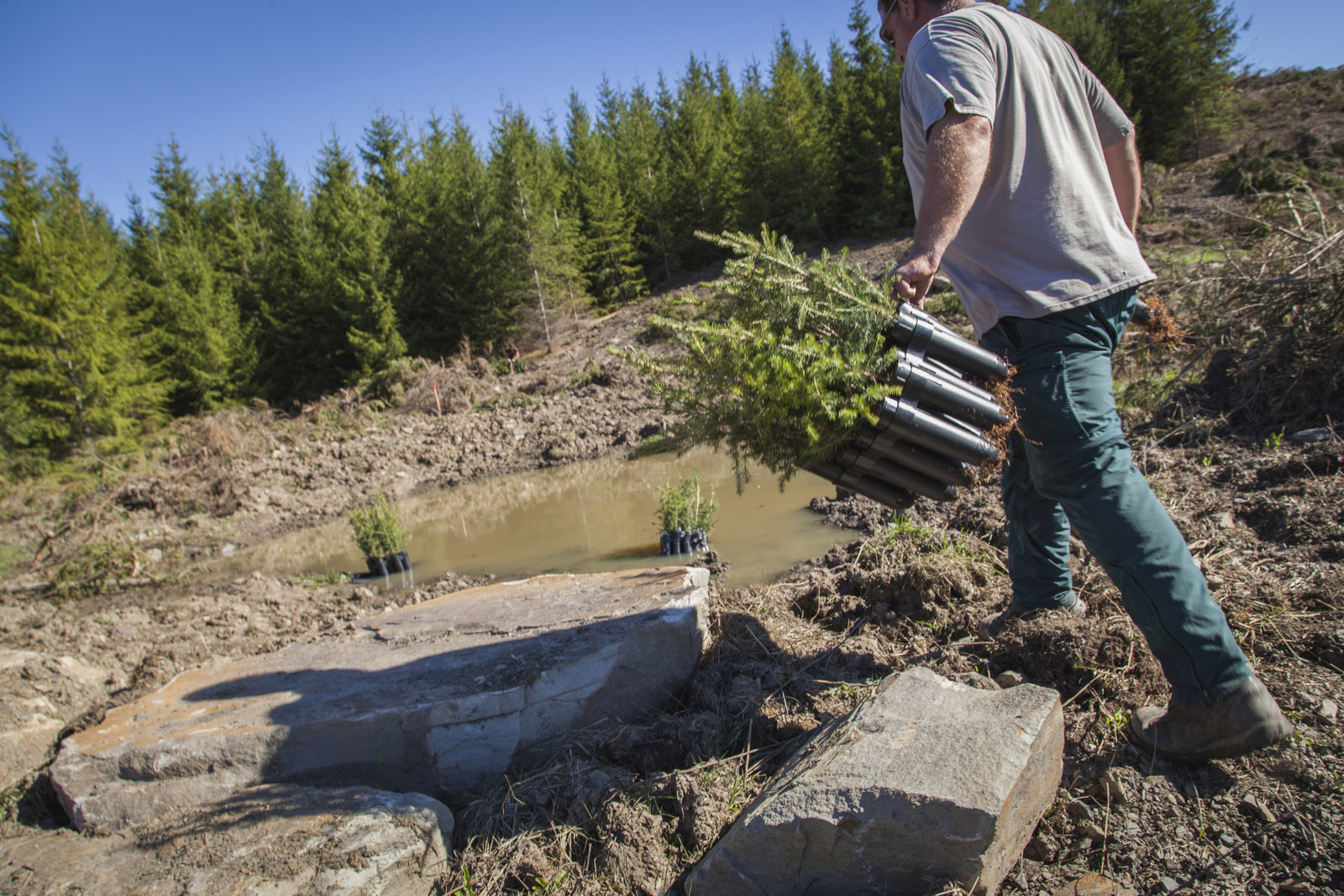
Read more
Related articles for further reading
Around the world, huge swaths of temperate and tropical forests have been cleared for human activity. Many of those lands are being used productively to grow food that we need—and, with yet better practices, can sustainably yield even more food.
Yet many other deforested lands are degraded, produce less than one cow per hectare, and are good candidates for reforestation.
More than 200 million hectares (Mha) of deforested land provide little or no food production, and are eligible for cost-effective reforestation. That’s an area around three times the size of Texas. Reforesting these lands would sequester 3.6 gigatonnes of carbon dioxide equivalent per year (GtCO2e/year). That’s comparable to the emissions from 690 million passenger vehicles per year.

In some cases, reforestation can be a relatively expensive form of land-based sequestration, and can involve difficult changes in livelihoods. In other cases, reforestation can be inexpensive and as easy as not burning grazing land.
Restoration opportunities exist around the world, in both temperate and tropical regions. By investing now in both implementing known reforestation opportunities, and the science of mapping wide-scale reforestation opportunities, reforestation could provide the largest land-based climate mitigation opportunity while providing cleaner water, cleaner air, flood control, more fertile soils, not to mention wood and tree crops.